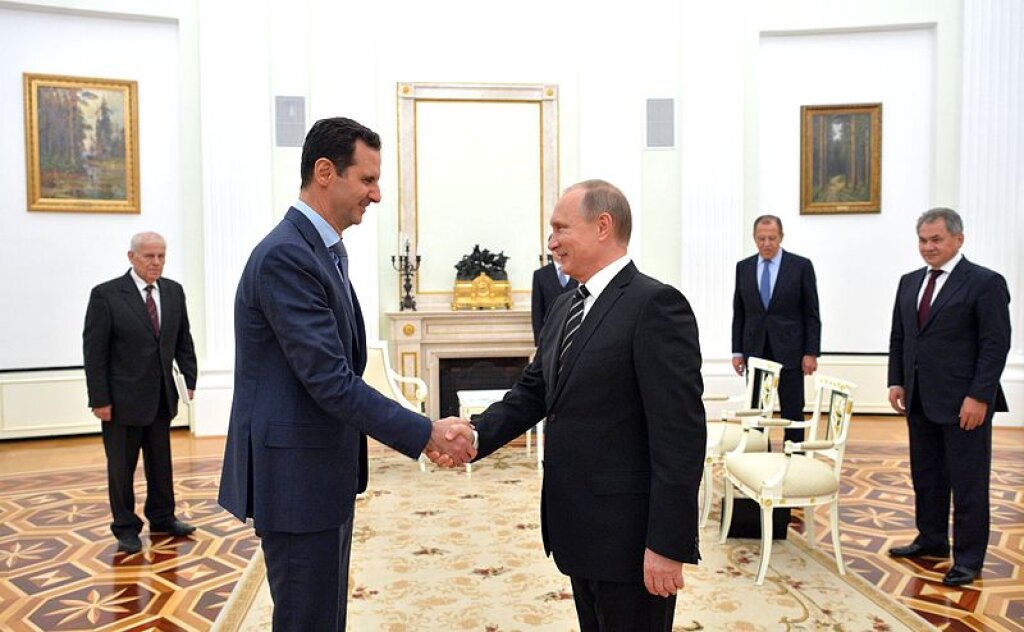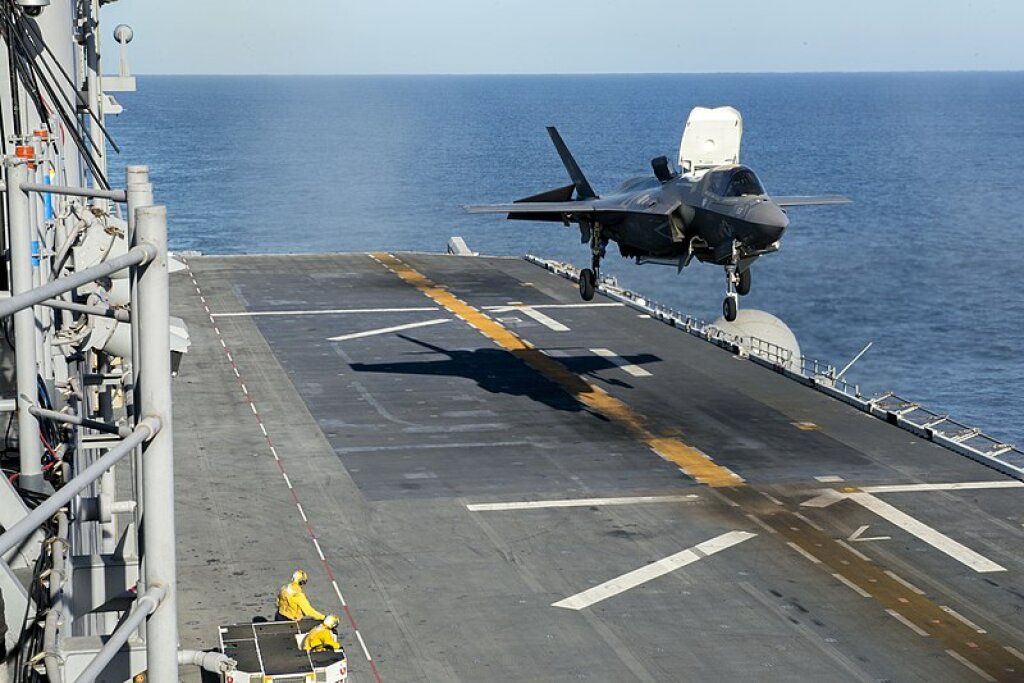Above: A destroyed neighborhood in the Syrian city of Raqqa. Source: Voice of America.
Brianna Philpot is a recent graduate from NYU's program in Russian & Slavic Studies and International Relations
The US has had a rocky relationship with Syria since long before the start of Syria’s civil war in 2011. After establishing diplomatic relations in 1944, the Arab-Israeli War disrupted the relationship in 1967. Bilateral relations resumed between 1974 and 2014, when the US expelled the Syrian diplomatic mission in Washington.
So what does it mean to normalize such an abnormal relationship? Economically speaking, not much. The US has only been sending direct assistance (via civilian entities) to Syria since 2013. Overall, the US has financed $9.5 billion in aid through intergovernmental bodies, NGOs, and other organizations to mitigate the effects of the Syrian Civil War. Humanitarian support will likely continue regardless, but a return to “normal,” pre-war relations with Syria would not include resuming generous, pre-Arab Spring economic support—as it had after the 2013 military coup in Egypt—because that support was never part of the US's relationship with Syria.
Normalizing relations with Syria is unlikely to make Syria into a friend, ally, or partner of the US. The largely symbolic act would in reality do very little beyond opening a line of communication. Remaining estranged from Syria, however, will allow US adversaries—Russia among them—to increase their influence unopposed. Will the US lose face if it capitulates to Assad? Perhaps. But given US policy in the Middle East in the last two decades, opening an embassy in Syria would hardly be a departure from form.
Without even considering the effects of failed wars and abortive nation-building in Iraq and Afghanistan, US credibility in the Middle East is questionable. US responses to the Arab Spring ran the gamut from outright intervention in Libya to tacit acceptance of violent repression in Bahrain. US inconsistencies in Egypt alone included public support for the protests in 2011 to similar support for the coup that brought al-Sisi—and his brutal crackdown against opposition—to power two years later, even as US aid to Egypt for democracy, human rights, and governance purposes plummeted. Despite rhetoric to the contrary, the US has tolerated human rights abuses in regional allies Saudi Arabia and Turkey (among others).
US policy in Syria has been similarly inconsistent. President Obama insisted in 2012 that the use of chemical weapons in Syria would be a red line, but when the time to strike came, he pivoted. More recently, US withdrawal from Syria has left our Kurdish allies in the region high and dry (and not for the first, or second... or third time). Less than a month later, in yet another reversal, the US announced the deployment of additional troops to protect Syrian oil fields.
In contrast to US inconstancy, Russia’s steadfast support for Assad has demonstrated to Syria that Russia is a more reliable ally. The Kremlin has provided substantial political, economic, and military support to the Assad regime since the conflict began in 2011, using its relationship with Syria as a springboard to the rest of the Middle East. Other actors in the region—including Israel, Turkey, Iran, and Saudi Arabia—have taken note and “begun seeking help securing their interests at the Kremlin.”
The lack of US support for long-time ally and former leader of Egypt Hosni Mubarak has taught the Saudi regime not to put all their eggs in one made-in-the-USA basket. Putin has taken advantage of this situation to visit Saudi Arabia for the first time in more than a decade. Saudi Arabia has long been an ally to the US. The relationship between the two nations rests largely on “the grand bargain,” an agreement through which the US has traded security for oil.
But this bargain seems to be reaching its limits: the shale oil revolution has transformed the energy market, and US oil production has skyrocketed. In response, Saudi Arabia has drawn closer to Russia, and the two have teamed up with other oil exporters in an expansion of OPEC.
Meanwhile, in Turkey, the so-called NATO ally has opted to purchase Russia’s S-400 system, a decision that has resulted in Turkey’s exclusion from the F-35 Joint Strike Fighter program. Turkish cooperation with Russia presents a direct threat to US defense secrets.
Within Syria itself, challenges to US national security remain. Syrian support for terrorism, its pursuit of weapons of mass destruction, and other problematic policies are likely to continue to threaten stability in the region. Iran, Russia, and Hezbollah—the remaining major players in Syria—will not only fail to mitigate those threats, but are likely to exacerbate them. ISIS, which is beginning to regroup, will also contribute to Syrian instability. And what happens in Syria won’t stay there, but will instead spread and affect the security of nearby US allies.
Will re-opening an embassy in Syria fix any of these problems? Absolutely not. Leaving Syria didn’t cause them, and going back won’t solve them, either. US challenges in the Middle East are complex and years in the making. They will require equally complex and protracted solutions, for which success is by no means assured. But allowing Russia to continue to take advantage of a rapprochement with Syria would be a mistake from the perspective of US foreign policy.
Taking the first step and normalizing relations with Syria may not result in the US stemming Russian influence—in fact, it almost certainly won’t, especially as a standalone measure—but refusing to reestablish diplomatic ties will guarantee the absence of US influence and allow Russia to continue “to reassert itself as a global power.” The US may prefer to deal with Syria sans Assad, but it has to make policy for the Syria it has, not the Syria it wants. The war is over, Assad is in power, and Syria will move forward with or without the US. The US must ask itself: does it really want to leave Russia to its prize?





